- News
- Reviews
- Bikes
- Components
- Bar tape & grips
- Bottom brackets
- Brake & gear cables
- Brake & STI levers
- Brake pads & spares
- Brakes
- Cassettes & freewheels
- Chains
- Chainsets & chainrings
- Derailleurs - front
- Derailleurs - rear
- Forks
- Gear levers & shifters
- Groupsets
- Handlebars & extensions
- Headsets
- Hubs
- Inner tubes
- Pedals
- Quick releases & skewers
- Saddles
- Seatposts
- Stems
- Wheels
- Tyres
- Tubeless valves
- Accessories
- Accessories - misc
- Computer mounts
- Bags
- Bar ends
- Bike bags & cases
- Bottle cages
- Bottles
- Cameras
- Car racks
- Child seats
- Computers
- Glasses
- GPS units
- Helmets
- Lights - front
- Lights - rear
- Lights - sets
- Locks
- Mirrors
- Mudguards
- Racks
- Pumps & CO2 inflators
- Puncture kits
- Reflectives
- Smart watches
- Stands and racks
- Trailers
- Clothing
- Health, fitness and nutrition
- Tools and workshop
- Miscellaneous
- Buyers Guides
- Features
- Forum
- Recommends
- Podcast
review
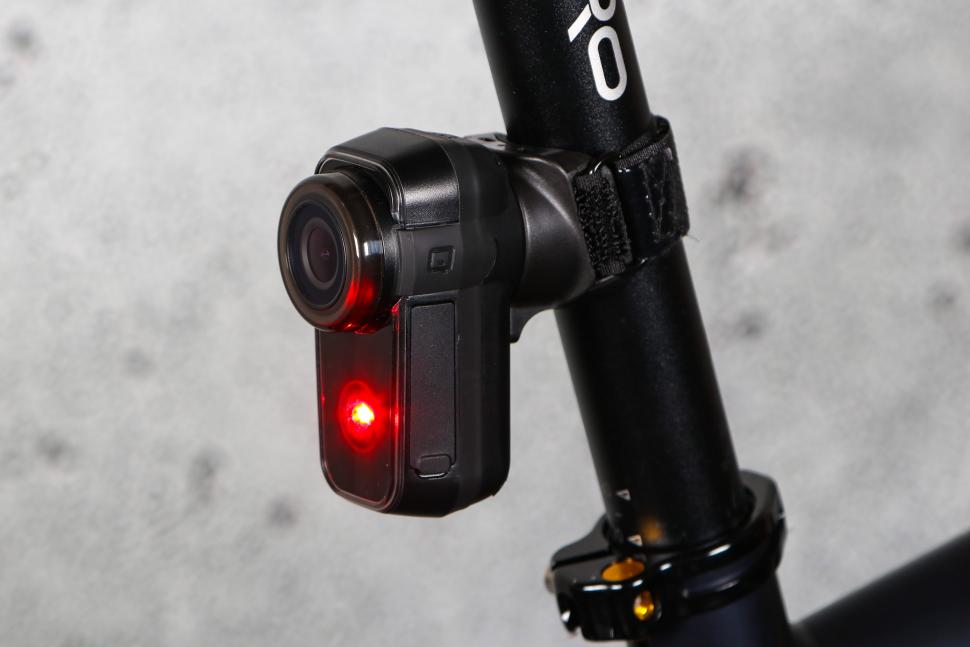 2023 Cycliq Fly 6
2023 Cycliq Fly 6£209.00
VERDICT:
Some improvements on previous iterations, but a backward step where run-times are concerned
Quality footage
Easy to use
Useful rear light
Lower-than-claimed run-times...
...which are further affected in cold conditions...
...and when using the built-in light
Weight:
78g
Contact:
At road.cc every product is thoroughly tested for as long as it takes to get a proper insight into how well it works. Our reviewers are experienced cyclists that we trust to be objective. While we strive to ensure that opinions expressed are backed up by facts, reviews are by their nature an informed opinion, not a definitive verdict. We don't intentionally try to break anything (except locks) but we do try to look for weak points in any design. The overall score is not just an average of the other scores: it reflects both a product's function and value – with value determined by how a product compares with items of similar spec, quality, and price.
What the road.cc scores meanGood scores are more common than bad, because fortunately good products are more common than bad.
- Exceptional
- Excellent
- Very Good
- Good
- Quite good
- Average
- Not so good
- Poor
- Bad
- Appalling
The Cycliq Fly6 Gen 3 rear camera delivers in terms of quality and ease of use, and the video resolution is perfectly good enough to capture the detail necessary should you experience an incident while riding in daylight hours. Sadly, great functionality and footage quality are negated by disappointing run-times, particularly in cold weather. I'd say this limits its appeal to commuters and those whose riding habits aren't heavily focused on longer outings.
You may have already seen my review of Cycliq's Fly12 Sport front-facing camera, which I tested concurrently with the Fly6. Having footage from both in front and behind can be vital for reporting an incident and providing a full picture. For example, a rear-facing camera would have captured the number plate of the driver who recently wiped me out, and a front one would have provided footage of the driver cutting across the front of me and subsequently leaving the scene.
> Buy now: Cycliq Fly6 Gen 3 for £156.75 from Cycliq
Arguably, the rear would have been sufficient given that other witnesses stopped (but didn't get the driver's number plate). There aren't always witnesses present, though. I've become so cynical about the standard of driving and the attitude towards anyone on skinny tyres that I feel the need to have both.
Of course, a camera won't eliminate bad drivers, but it might well act as a form of insurance should you have a run-in with one.
Gen 3 mods
The Fly6 Gen 3's primary modifications (from the Fly6 CE) include a new port cover position and design, a lower lumen output, and a change in video resolution options.
Having not used any of the previous generations, I can't draw comparisons from personal experience, but on the face of it, some of these modifications don't appear to be improvements or upgrades. Perhaps Cycliq is relying on a fast-growing market of consumers who are investing for the first time, who simply see a device that functions well as a rear view dash cam, rather than something that's an upgrade from an existing device.
Unbox and get riding
Packaging is minimal and could get you thinking that Cycliq is considering sustainability; the first generation didn't skimp on packaging. The sample I was sent contained the main Fly6 Gen 3 unit with a 64GB card, a USB-C cable for charging and transferring files, a lanyard, two mounting straps, a mounting bracket, and three bracket adaptors (0 degree, flat and aero).
Once the unit's charged, you can get it on the bike and go. Operation is child's play and this is a big positive for the Gen 3. It can be customised, but ultimately it will work out of the box.
The camera itself is a neat unit – well made and unobtrusive. It weighs just 77g and measures 71x35x40mm. Size-wise, that's close to the previous CE, though is remarkably 35g lighter. It looks very similar to the CE model and the buttons remain the same – not easy to work in gloves.
The port has moved from the top to the side, and the cover sinks deep into the recess and is a seriously snug fit.
Mike wasn't overly impressed with the position and design of the port/cover on the CE: 'The hardware foibles of rubber cover, button feel/position, and reported water ingress will hopefully be sorted in the Fly6 Mk 4.' I'd say the Gen 3 has tried to address the port issues, if not the buttons. I've had no issues with water ingress, but this might be influenced my use of a mudguard.
Mounting
The supplied eighth-turn mount is seriously stiff. I was initially a little nervous about the level of torque needed to get it in and out of the bracket. I've since realised that this is simply a positive; I've used the Fly6 on some pretty rough off-road rides and experienced no issues with the security of the mount. The lanyard is certainly worth using; in the case of a high impact collision, it would prevent the unit spinning off across the tarmac (to potentially be driven over).
The bracket is secured to the seatpost using one of the supplied straps. The grippy silicone (on one side) clings to the post exceptionally well and the Velcro (on the other side) does its job to keep the strap secure. No amount of rain, dirt, removal of the camera or rough riding has displaced it during testing. The flat and aero mounts work well. All of this makes it easy to move from one bike to another so I've really had no gripes with any of it.
If you are commuting with a loaded rack – specifically a load on the rack's platform – the rack adaptor would be advisable. Footage is then guaranteed to be unobscured.
It's worth noting that the Fly6 CE, Fly12 CE and Sport all use the same eighth-turn mount.
Customising functionality
Unlike some, I've had very few issues Cycliq's app (with it installed on an iPhone and Windows 10). My only advice for hassle-free connection would be to have the camera switched on before you open the mobile app; in my experience, the app struggled to detect the unit if I switched it on after opening the app. Indeed, you then have to stop recording and disconnect the unit to save any changes.
From the app (mobile or desktop), you can check the battery and SD card status (with regards to locked files), as well as customise a range of settings including video, light and sound.
Disabling certain light settings simply means less scrolling when you turn the device on. I've certainly appreciated this as I've resorted to disabling all light settings – more on that in a bit.
Footage
As I've already said, I've no direct comparison to previous generations, so this is simply what I've experienced with the Gen 3. What's been captured has been invariably sufficient to see the detail you'd need in the case of an incident.
Here are examples of footage in each of the two settings, FHD (1080p at 30fps) and HD (720p at 60fps).
They both give a good impression of the resolution, but bear in mind that they are compressed when extracted from the app.
I did all my testing on a bike with mudguards, so the lens has been protected from rear wheel road spray.
The unit is less reliable in dark conditions – footage becomes grainy, with some plates being visible, some not. It's unpredictable and I think depends somewhat on the cars' own lights and plate style/cleanliness.
You can view the footage in the desktop app or another media player, but you'll need to use the supplied cable as there's no WiFi. It's possible to carry out basic edits in the desktop app – extract video segments, take stills and overlay Strava metrics (if available). It's very slow, but I've found it to be reliable. There's no real scope for being creative with footage – the Fly6 isn't designed for this, and the app reflects that.
The included 64GB card (an improvement on the previous 32GB that Cycliq first issued the Gen3 with) can hold several hours worth of footage, with an overwrite looping function kicking in when the card is full. As with the Fly12 Sport, you can manually lock footage as well as take pictures (stored as JPEG files). I'd say the latter is not quite as useful on the Fly6 as the Fly12 Sport. Certainly, reaching down to locate and press both (rather inconspicuous) buttons is not easy, not to mention potentially rather dangerous.
> What to do if you capture a near miss, close pass or collision on camera while cycling
As with previous generations, the Fly6 Gen 3 will lock a file if it detects a tilt of more than 60 degrees from the vertical (or 30 degrees from the ground) for more than five seconds. If this happens, the Fly6 will lock current and immediately preceding video segments. It's possible to manually lock files with a press of the Q button. Locked files (LCK) will not be overwritten on the SD card, you must delete them manually.
Light
With each iteration of the Fly6, the light's output has varied significantly: 15, 30 and 100 lumens came with each of the previous models respectively. The Gen 3 gives out a maximum of 50 lumens – an adequate output but by no means outstanding.
The mode and output is customisable in the app, and you can cycle through the following options using the power button:
- Camera Only Mode (tail light off)
- Constant Mode High (tail light solid with high intensity)
- Constant Mode Low (tail light solid with low intensity)
- Flash Mode High (tail light flashing with high intensity)
- Flash Mode Low (tail light flashing with low intensity)
- Organic Mode (tail light random pattern with variable intensity)
I'm one for riding with a rear light in any conditions, so the idea of having a two-in-one unit was very appealing – at least initially.
I headed out rather smugly on my first outing with the Fly6 with the the light on 'flash high'. I wasn't so smug when, a couple of hours later, the unit began to beep – after just over two hours, the battery was running low. The Fly6 has a 'Home Safe Mode' that kicks in when the battery hits a 12% level. At this point, if the light is being used, 'the device will stop recording and change the light mode to the lowest brightness option in the current mode'. With a three-hour ride on the cards on this particular day, I was left without a camera for the final kilometres. It's worth pointing out that you can still cycle through modes should you choose to change.
Having now used the unit for well over six weeks, I am slightly less convinced by the usefulness of the light. On this particular day, it wasn't just the light putting excess strain on the battery, the weather was, too – more on that in a bit.
In short, run-times are significantly compromised if you use the light. Unsurprisingly, a low flash has the least impact (taking off about 30 minutes of the total run-time), but this is a token blink by modern rear light standards, and I wouldn't want to rely on it as a primary light.
I resolved to disabling every light setting and using the device solely as a camera. In this state, run-times have come close to those claimed by Cycliq, though they've never actually reached them.
The unit does a great job of telling you that it's about to power down with some high-pitched beeps.
In the same regard, when you switch on the unit the battery level is indicated by means of beeps:
- 4 rapid high pitched beeps 75% to <99% charged (only when turning on or off)
- 3 rapid high pitched beeps 50% to <75% charged (only when turning on or off)
- 2 rapid high pitched beeps 25% to <50% charged (only when turning on or off)
- 1 high pitched beep 12% to <25% charged (only when turning on or off)
- 3 long high pitched beeps Less than 12% charged (only when turning on or off)
Charging and battery life
In my experience, the Fly6 can charge from flat to full in well under an hour and a half – impressive. Let's not get carried away though... the built-in, non-replaceable 2,000mAh battery might save weight and charge exceptionally quickly, but it's a 37.5% reduction from the CE's 3,200mAh battery. Mike suggested the CE would cover a ride in excess of four hours; Cycliq claimed seven for that unit, and claims five for the Gen 3.
Having disabled every light and sound setting possible, I've managed to run the camera for a maximum of four hours, no more. I've noticed that temperatures lower than 5°C further reduce run-times. This four-hour outing was in temperatures of 5-6°C. If you didn't know, Cycliq is an Australian company, and maximum quoted run-times of five hours might be possible in Australia's milder conditions. When I contacted Cycliq regarding this, it suggested a £15.99 silicone case could well extend the life in cold conditions.
I'd say these run-times are a real negative. Doing regular rides of more than four hours in winter, I'm left without a camera. There's also the rather limited scenario of back-to-back rides of just over two hours. A top-up charge is necessary if you don't want to be caught out. Given it's a lithium-ion battery, this shouldn't be affecting the long-term life expectancy of the battery. If you have similar riding habits, it means remembering to remove it and charge it after pretty much every ride.
Value
The Fly6 Gen 3 costs £209 (though it's currently available for £156.75), a hike of over 20 per cent from the CE.
For a long time Cycliq has had very little competition, but there appears to be some emerging now. Neil rated Techalogic's rear camera, whose run-times exceeded those of the Cycliq Fly6, and it's almost half the price of the Gen 3.
Conclusion
As I said at the start of the review, following my latest misfortune, I want to ride with front and rear cameras. While the Fly6 Gen 3 provides the standard of footage I'd want in an easy-to-use package, its run-times don't cover all my rides. If I'd tested a cover and found it to be effective, I'd be more willing to invest. As it stands, a Fly6 CE would be preferable to a Gen 3, and would be cheaper.
I'm intrigued to see how quickly we'll see a Gen 4 (or alternatively titled iteration), and which upgrades are implemented. Longer run-times are an absolute must in my opinion, if it's to work for recreational cyclists in colder climates. Indeed, it wouldn't be a disaster if Cycliq ditched the light and/or increased the weight in order to deliver this.
Verdict
Some improvements on previous iterations, but a backward step where run-times are concerned
road.cc test report
Make and model: Cyliq Fly6
Size tested: One size
Tell us what the light is for, and who it's aimed at. What do the manufacturers say about it? How does that compare to your own feelings about it?
Cycliq says, 'The perfect balance of speed and resolution, we'll catch number plates when you can't.
'Hit the deck and the Fly6 locks the video and audio either side of the incident. Smart video looping means you'll never run out of space on your SD card.'
In short, it's a rear dashcam for your bike.
Tell us some more about the technical aspects of the light?
From Cycliq:
Battery
Runtime: 5 hours continuous recording in camera-only mode and up to 4 hours with lights on
Type: Rechargeable lithium-ion battery (built-in, non-removable)
Size: 2000mAh
Charge port: USB-C fast charge (accepting up to 5V/2.1A)
Fast charge compatible: <1.5 hours using a 5V/2.1A charger
Connectivity
Bluetooth® 5.0
USB-C
Light
Max brightness: 50 Lumen
Light modes: Constant, Flash, Organic and Off
Brightness setting: High and Low (dependent on light mode)
Video
Video modes: FHD (1080p at 30fps) or HD (720p at 60fps)
Lens angle: ~135°
Recording structure: Looping video recording
Microphone: Mono
5min FHD segment size: ~800–900MB
File format: .MP4 (MPEG-4 / H.264)
Audio
Alerts (customisable): Start up. Low battery alert. Recording. Incident protection.
Alert volume levels: 5 levels and off
Size and weight
Height: 7.1cm
Width: 3.5cm
Depth: 4.0cm
Weight: 77g
File Storage
Supplied microSD card size: 64GB
Max microSD card size: 256GB
Type: Class 10 microSDHC
Supported SD cards: See the full list of recommended microSD cards
Water and dust resistant
Ingress protection: IP56
Mounting
Cycliq 1/8th turn quick release
Strap pack provided to mount the unit to your seat post (also fits aero seat posts)
Temp. range
Operating temperature: 0-45°C (32–113°F)
Storage temperature: 0-45°C (32–113°F)
Rate the light for quality of construction:
9/10
Rate the light for design and ease of use. How simple was the light to use?
9/10
Rate the light for the design and usability of the clamping system/s
9/10
Rate the light for waterproofing. How did it stand up to the elements?
9/10
Rate the light for battery life. How long did it last? How long did it take to recharge?
5/10
Disappointing. I've never had more than four hours out of it, and that was without a light running. It charges well within 90 minutes.
Rate the light for performance:
7/10
Great footage but no good for rides over 3.5 hours if it's cold.
Rate the light for durability:
7/10
Difficult to judge in just six weeks. The unit seems robust and the port cover a snug fit.
Rate the light for weight:
9/10
Rate the light for value:
4/10
It's twice the price of the Techalogic CR-1 and the battery life is disappointing.
Tell us how the light performed overall when used for its designed purpose
It's easy to use, captures footage that you might need using an overwriting loop, and footage is easy to access, if a little slow, via the desktop app. Its run-times are disappointing, though.
Tell us what you particularly liked about the light
Simple operation and viewing of footage.
Tell us what you particularly disliked about the light
Short run-times.
How does the price compare to that of similar products in the market, including ones recently tested on road.cc?
Pricey for the unit and not great value when compared with even its own predecessors.
Did you enjoy using the light? Yes
Would you consider buying the light? Unlikely. Run-times just aren't good for my riding habits.
Would you recommend the light to a friend? Yes, for commuters or someone doing shorter rides only.
Use this box to explain your overall score
Putting aside that fact that this might be considered a backward step from the Fly6 CE, the unit I've tested is easy to use, generates good footage, is well made, easy to mount/dismount and, despite being slow (for editing), works well with the Cycliq app. All of these positives are negated by shorter than claimed run-times, which limit its use and reduce its appeal to those who regularly ride for more than four hours.
About the tester
Age: 42
I usually ride: Road My best bike is: Carbon road.
I've been riding for: Over 20 years I ride: Most days I would class myself as: Expert
I regularly do the following types of riding: commuting, touring, club rides, general fitness riding, Getting to grips with off roading too!
Emma’s first encounters with a road bike were in between swimming and running. Soon after competing for GB in the World Age Group Triathlon Championships in Edmonton in 2001 she saw the light and decided to focus on cycling.
After a couple of half decent UK road seasons racing for Leisure Lakes, she went out to Belgium to sample the racing there and spent two years with Lotto-Belisol Ladies team, racing alongside the likes of Sara Carrigan, Grace Verbeke, Rochelle Gilmore and Lizzie Deignan. Emma moved from Lotto-Belisol to Dutch team Redsun, then a new Belgian team of primarily developing riders, where there was less pressure, an opportunity to share her experience and help build a whole new team; a nice way to spend her final years of professional racing.
Since retiring Emma has returned to teaching. When not coercing kids to do maths, she is invariably out on two wheels. In addition to the daily commute, Emma still enjoys getting out on her road bike and having her legs ripped off on the local club rides and chain gangs. She has also developed an addiction to touring, with destinations including Iceland, Georgia and Albania, to mention just a few. There have also been rare sightings of Emma off-road on a mountain bike…
Latest Comments
- slc 26 min 15 sec ago
How about requiring all driving to be monitored using technology that has been available for at least 10 years? ...
- GMBasix 27 min 9 sec ago
Your shadow in London will be shorter
- Rendel Harris 52 min 56 sec ago
Well it would be irresponsible enough if there were only cars and buses, if there are going to be "cars, buses and traffic" that's just suicidal...
- UnholyGoatFeet 1 hour 2 min ago
It's always the same... People who don't even ride bikes, are the one's crying about change too there precious roads. Let's not bother asking...
- Cycloid 1 hour 6 min ago
There are two British Standards for HiVis Garments BS EN 471 and BS EN 1150. The BS EN 1150 standard is designed for personal / leisure wear and is...
- OnYerBike 2 hours 9 min ago
The difference would be the administration of a (potentially) "noxious substance" (in the eyes of the law) to the thief....
- Hirsute 2 hours 57 min ago
Sure but you can use hire purchase, 0% finance, PCP and lease for arrangements - hence lease being a bit specific. Still 90% on some finance...
- GMBasix 3 hours 7 min ago
I get all faint from time to time. I do hope it doesn't happen when I've just got my keys out.
- Mybike 3 hours 26 min ago
Knowing the Orange man this might be true .









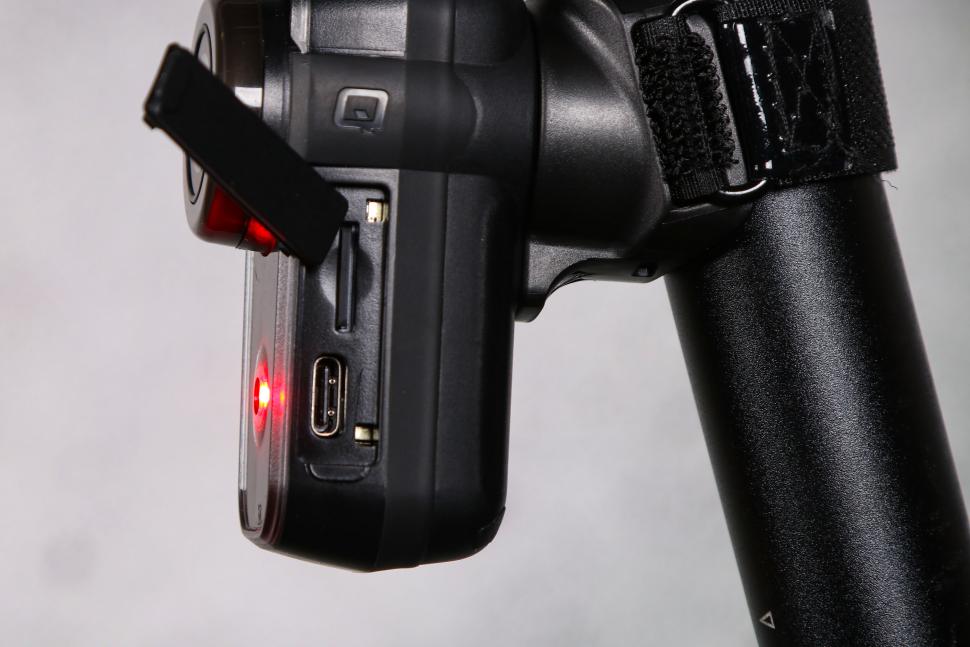
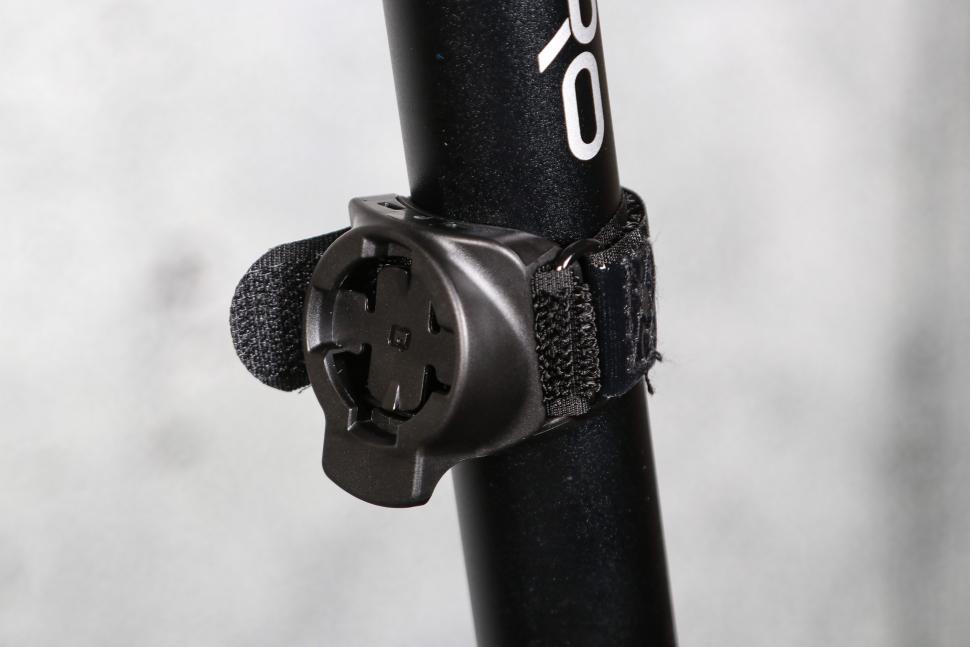

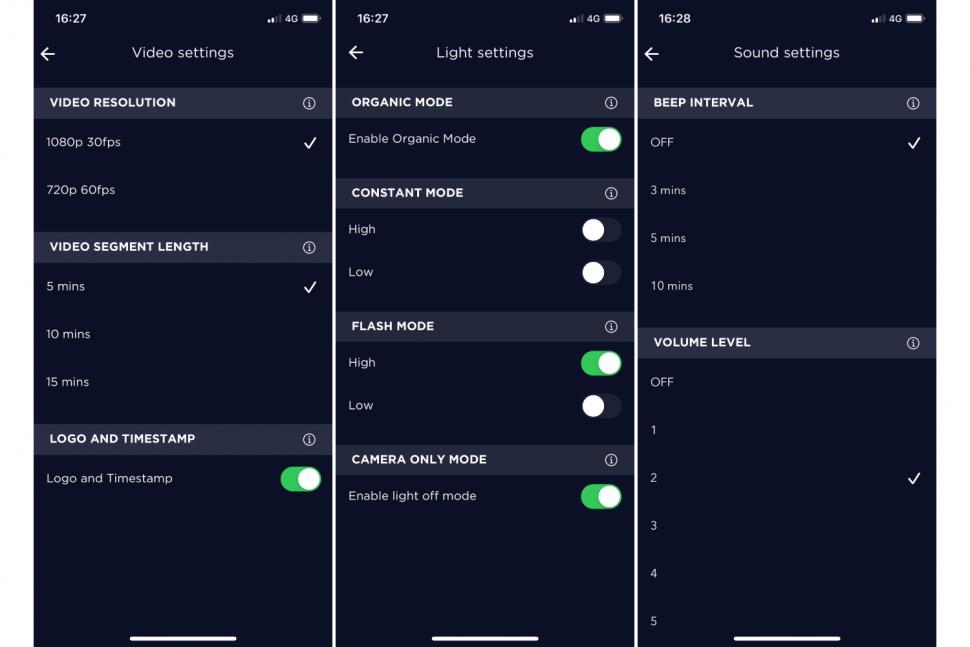
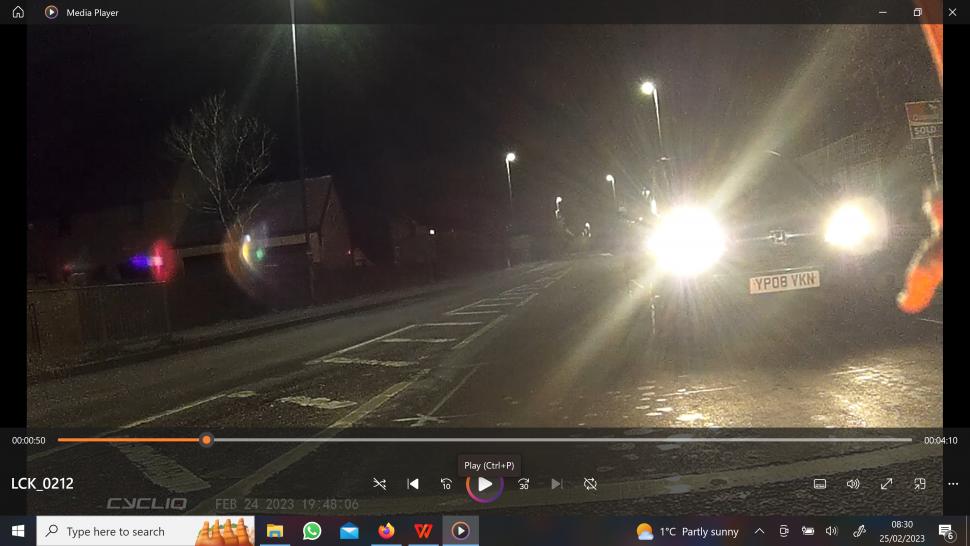
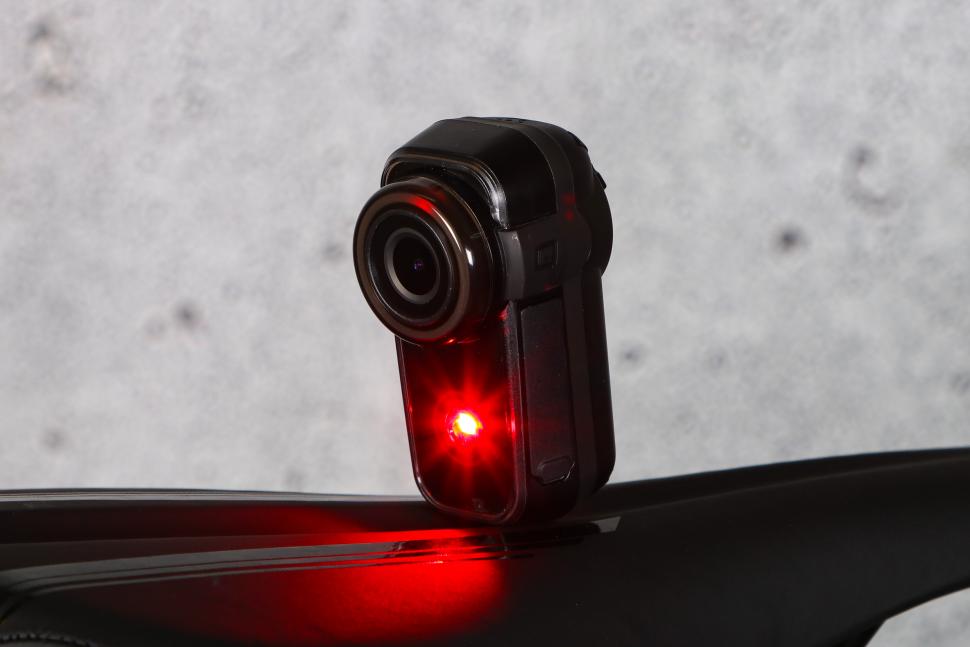
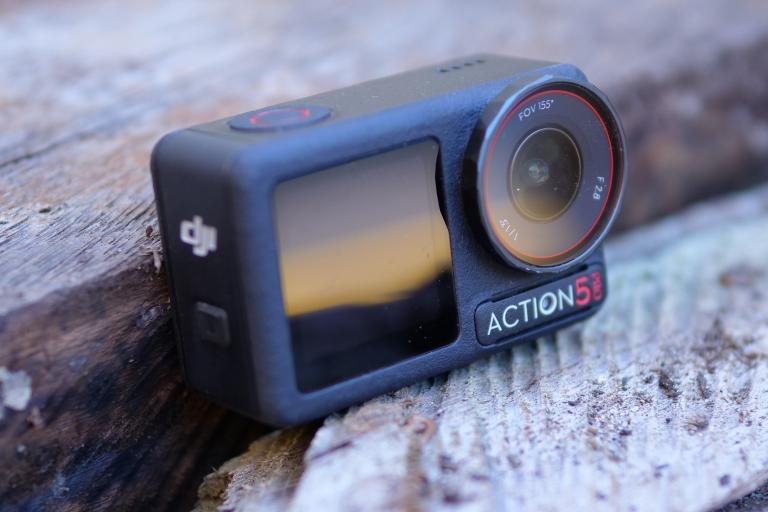

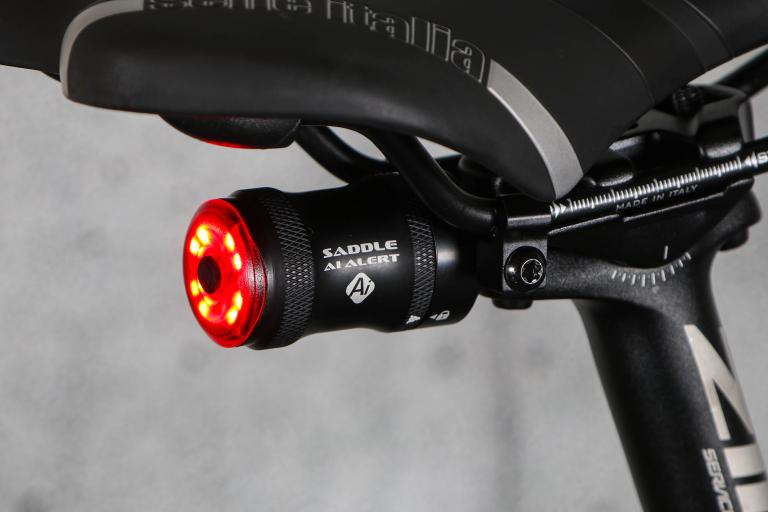
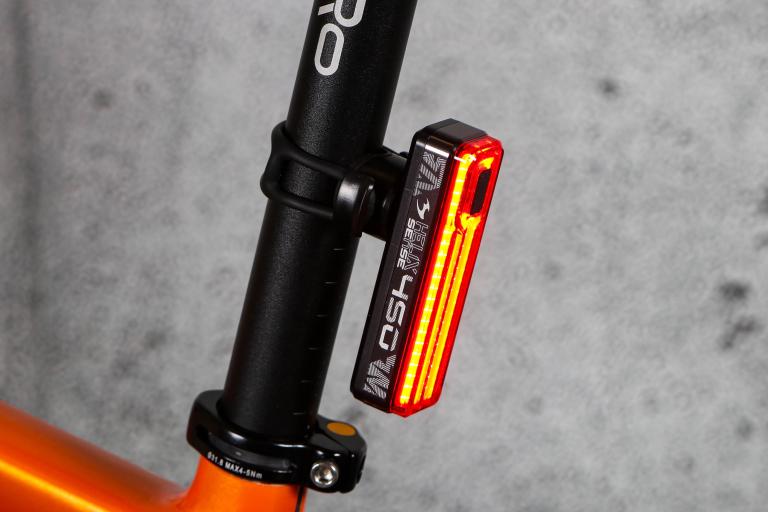
Add new comment
8 comments
So where can I buy a Fly 6 CE, preferably bundled with a front camera too?
They just need to grow the back half of the case a bit, slip in a bigger battery and call it the Fly 6 Endurance (probably up the price by 25 quid or so).
This is an easy fix for them and they really ought to do it. The long battery life was a key feature that made the cycliq cameras stand out from the rest.
I know some complained that the camera was heavy and bulky, so perhaps they've tried to address that. But it's not exactly featherweight and still looks like a carbuncle. FAIL!
I'd happily have an endurance version that is twice the size, or more.
Or better, have an 18650 that can be swapped out after a few hours. (still, a single 18650 would nearly double the current battery life, cell dependent)
I liked the V1: many hours between charges, in light and camera mode. I can't see a reason to get this V3. Disappointed.
I've got one, not ridden with it in winter, but the battery life isnt great, I do use the silicon case to protect from water/mud as it gets a hammering even with a mudguard. But the case totally wrecks the audio as it blocks the microphone.
Also had the light randomly switch off a few times. Image quality is very good but im not sold on the value of the rear facing video unless someone is about to drive into your rear wheel, even near passes tend to look tame.
Of course when you leave it at home all hell keeps breaking loose behind you all the time and then you think if only I had a rear facing camera.
Jeez. Cycliq really screwed the pooch on this one didnt they?
I do wonder what their product team thinks their target market is sometimes.
The V3 is no where near as good as the V2.
Image quality, it's better than the V2, but ...
- the mount is horrible. The velcro strap is way too long to be of any use
- uses the 1/8th turn lock ... you can get a sear post mount, and a pannier rack mount (which BTW forces your mudguard in to the tyre) but no mount that uses the seat rails*
- battery life is less than 3.5 hours in camera only mode, compared to the 6 hours I used to get from my V2
- no auto image rotate, so if you mount the camera upside down on your pannier mount, you will then have to invert your footage ... which means the date/time group stamp becomes upside-down, but the video isn't.
I'm not as impressed with the '6v3 ... but mainly for the battery.
Taking the unit off and charging at coffee stop is a pain in the arse - even when you use a powerbank.
Take the battery life back to what it was and I'll be happy again.
* there's a guy on ebay who 3d prints Cyclic mounts - including a seat rails mount. I've got several from them in the past and they are pretty damn good.
Another currently available alternative is the Tooo Cycling DVR80 rear camera light. I bought one last year to replace an old Fly6 and have been happy with the battery life and image quality for reporting to OpSnap.
I did buy mine through Cycle Store - currently £138.99 - although Tooo appear to have a website but I'd be wary of it as I tried buying a couple of extra mounts that were never dispatched and it's proved impossible to get a reply to any emails.